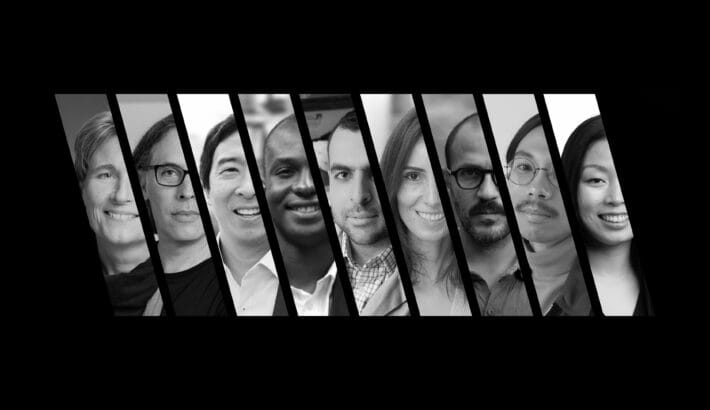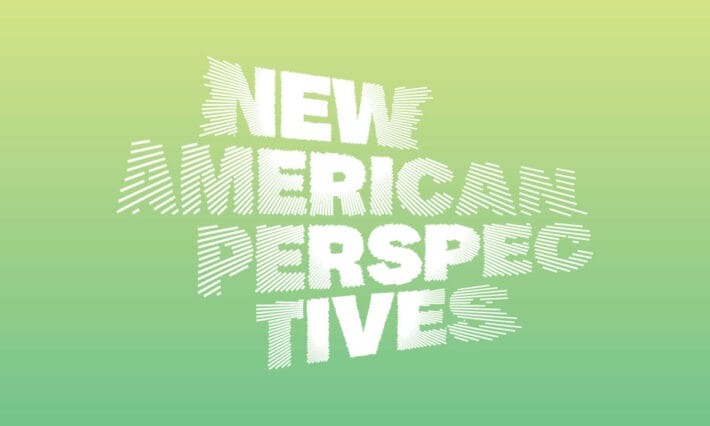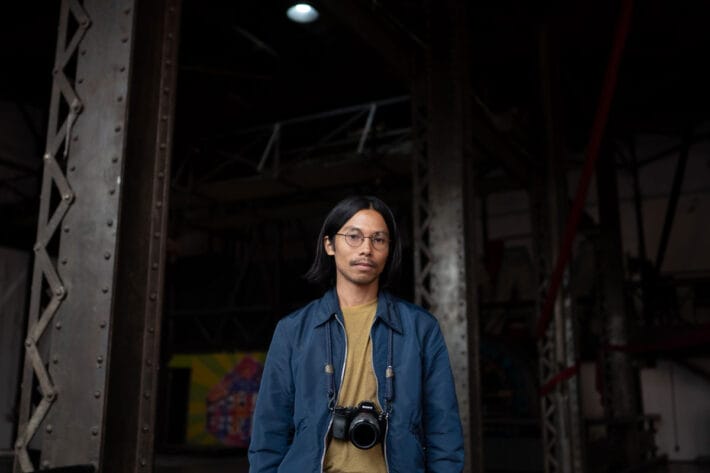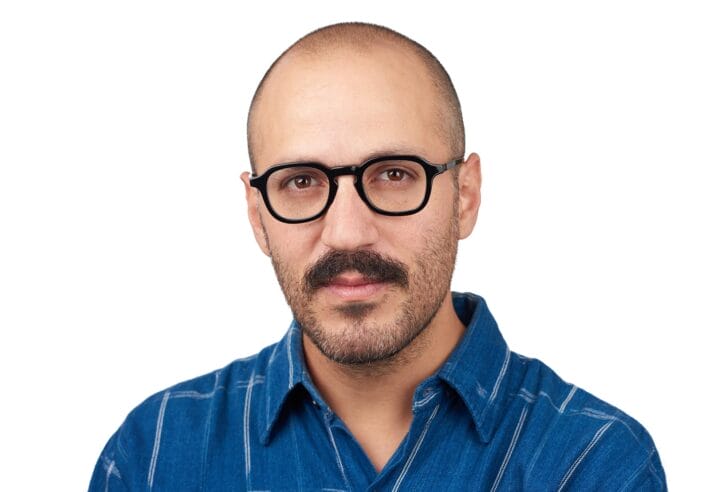
Cinematographer Rodrigo Prieto receives the 2021 Vilcek Prize in Filmmaking for the sheer excellence and inventiveness of his work across styles and genres—and his central role in creating some of contemporary cinema’s most indelible works.
His first film, however, fits squarely into the realm of genre. Rodrigo and his older brother Antonio filmed the three-minute work, Muñecos, using a Bell and Howell Super 8 camera and stop-motion techniques when he was just 10. The picture had its debut in a haunted house hosted by Rodrigo and his brother at their childhood home in Mexico City.
The film was a hit: Rodrigo loved seeing his friends’ delighted reactions to the visual effects they created. “That was so much fun that I just wanted to keep on doing it,” he recalls. “That’s where I fell in love with filmmaking—seeing that reaction, feeling that possibility of coming up with ideas and impacting people so much.”
While Rodrigo’s first film may have been squarely in the definition of genre, his work defies any singular category. A renowned cinematographer and director of photography, he is known for his work on such films as Brokeback Mountain, The Irishman, The Wolf of Wall Street, Amores Perros, Babel, Argo, 21 Grams, and Frida, and for his multiple collaborations with directors Ang Lee, Martin Scorsese, and Alejandro González Iñárritu.

Rodrigo’s work on Amores Perros (2000) made him one of the most coveted cinematographers in Hollywood. For two years, he moved back and forth between the United States and Mexico with his family before settling in Los Angeles. He recounts the experience of being an immigrant as having two homes: one where his roots are, in Mexico, and one in the United States.
“Our culture, our upbringing is something that automatically translates into the art we generate,” says Rodrigo. “Being a foreigner gives you a certain perspective. You pay more attention to things that maybe someone from that culture doesn’t notice anymore.” This attention to detail is one of the defining characteristics of Rodrigo’s work that make the films he works on so visually powerful.

The visual elements of a film’s construction contribute to its ability—as a medium—to convey an atmosphere of emotion. “You can’t sometimes describe why a certain texture, a certain color, a certain framing ‘feels’ a certain way, but it does,” he says. “Cinematography is an abstract art form in the sense that an audience doesn’t realize how they’re being manipulated—by the lighting, by the camera work, by the lens choice—to evoke emotional states.”
What makes Rodrigo’s cinematography so compelling is the precision he brings to both the artistic and scientific elements of the work. Rodrigo’s mother was an artist and his father was an aeronautical engineer, and he credits both of them with influencing the way he attends to his work. “That combination of my mother’s visual artistry and my father’s technical ability is something that I have in my DNA: utilizing technology and different techniques to create art.”

“I want to participate in movies that say something to me from an emotional level. I gravitate to scripts and ideas that have something that I want to explore in myself. I feel lucky that I haven’t been pigeonholed into a certain style or genre,” he says, noting that the diversity of projects he has worked on has challenged him to grow as both an artist, and as a person.
“Art is a yearning for us to express ourselves,” says Rodrigo, “and that expression transcends even time.”
Related News
Announcing the 2021 Vilcek Foundation Prizewinners

New American Perspectives at HIFF 44

Miko Revereza: “How does an undocumented documentary filmmaker document themself?”

You may also be interested in
Rodrigo Prieto

Juan Pablo González

Miko Revereza
